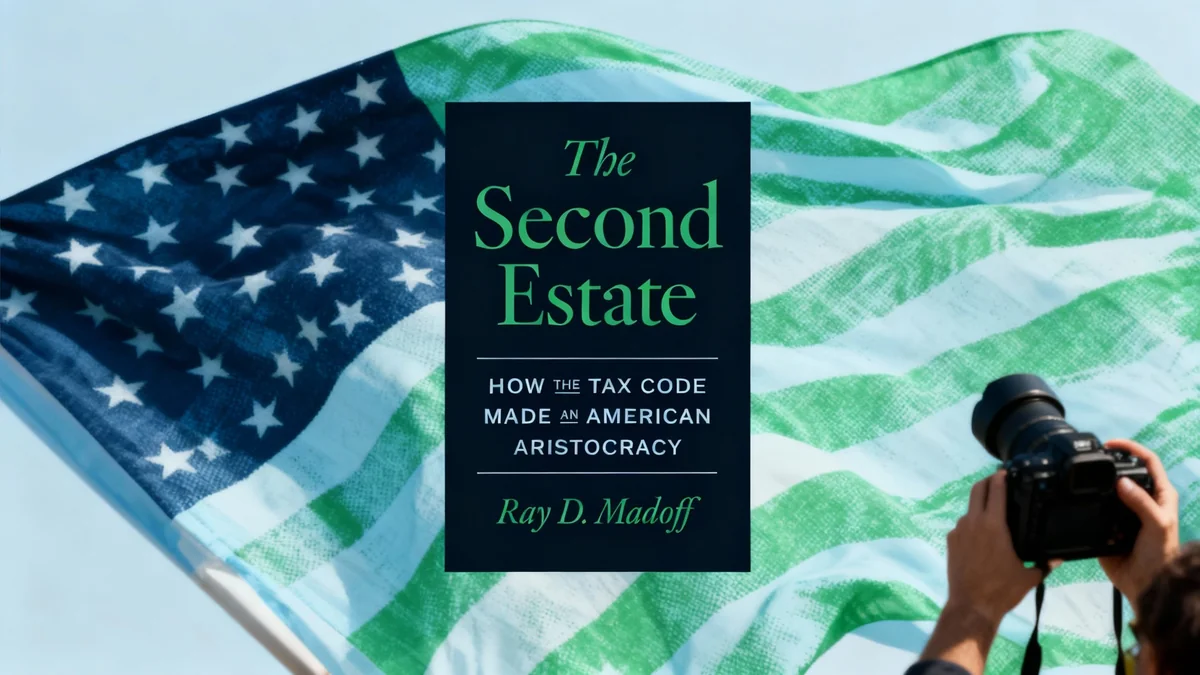In the early 20th century, the United States fundamentally reshaped its approach to taxation, introducing a system designed with a clear principle: those with the greatest financial capacity should bear the largest share of the tax burden. This philosophy led to the creation of two landmark taxes—the income tax in 1913 and the estate tax in 1916—which were initially structured to apply almost exclusively to the nation's wealthiest individuals.
This system of progressive taxation was a significant departure from previous methods and established a framework that, despite numerous changes over the past century, continues to influence the structure of federal revenue collection today. Understanding its origins provides critical context for current debates about tax policy and economic fairness.
Key Takeaways
- The modern U.S. tax system was founded on the principle of taxing based on the ability to pay.
- The income tax (1913) and estate tax (1916) were designed to target the wealthiest Americans.
- Initially, more than 95 percent of the American population was exempt from these federal taxes.
- World War II transformed the income tax from a "class tax" affecting the rich to a "mass tax" affecting most citizens, but the progressive structure was maintained.
A New Philosophy for Taxation
Before the 20th century, federal revenue was largely generated through tariffs and excise taxes, which disproportionately affected lower and middle-income individuals. However, a growing sentiment emerged that a fair system should be based on an individual's means. This idea culminated in the passage of the 16th Amendment, which gave Congress the power to levy a federal income tax.
The resulting Revenue Act of 1913 introduced a progressive income tax. This meant that tax rates increased as a person's income rose. The initial structure was modest by today's standards, but its design was revolutionary. It explicitly targeted high earners, establishing a new ethos for American fiscal policy.
A Tax for the Few
When the federal income tax was first implemented in 1913, it was a highly exclusive system. Its exemptions were so generous that it only applied to the wealthiest citizens, leaving more than 95% of the American population with no federal income tax liability at all.
This approach was not just about raising revenue; it was a policy statement about economic responsibility. The system was built to ensure that those who benefited most from the economy contributed a proportionally larger share to its upkeep and defense.
The Role of the Income Tax
The core feature of the 1913 income tax was its progressive marginal rates. A base rate was applied to all taxable income, but higher rates kicked in for income above certain thresholds. This ensured that only individuals with significant earnings would face the highest tax percentages.
For example, the first tax form included rates starting at just 1% and rising to a top rate of 7% on income over $500,000 (equivalent to over $15 million today). The high exemption levels meant that the vast majority of workers did not even have to file a return.
What is Progressive Taxation?
A progressive tax system is one where the tax rate increases as the taxable amount increases. The term "progressive" refers to the way the rate progresses from low to high. This model is based on the theory that individuals with higher incomes can afford to pay a larger percentage of their income in taxes without impacting their basic standard of living.
This structure solidified the idea that federal taxes should be a burden carried primarily by those with substantial financial resources. It was viewed as a more equitable way to fund the government compared to consumption-based taxes that hit all citizens equally, regardless of their income.
Targeting Generational Wealth with the Estate Tax
Just three years after the income tax was established, Congress introduced another tool aimed at the wealthy: the estate tax. Enacted in 1916, this tax was levied on the transfer of large fortunes from one generation to the next. It was seen as a direct complement to the income tax, addressing accumulated wealth rather than annual earnings.
The estate tax was designed to prevent the concentration of vast economic power within a small number of families over many generations. Like the income tax, it included a high exemption level, ensuring it only applied to the largest estates in the country. This reinforced the policy of focusing major tax obligations on the very top of the economic ladder.
Ray Madoff, a professor at Boston College Law School, has noted the dual purpose of these taxes. The income tax addressed earnings, while the estate tax was designed to impose a separate tax on the wealthiest Americans as they pass their accumulated wealth to their heirs.
"The estate tax was designed to impose a separate tax on the richest Americans as they pass their wealth to the next generation," explains Madoff, highlighting its role in the broader tax-the-rich strategy of the era.
The Shift from a 'Class Tax' to a 'Mass Tax'
The exclusive nature of the income tax system changed dramatically with the onset of World War II. The immense financial needs of the war effort required a much broader revenue base. In response, the government significantly lowered income tax exemptions and expanded the tax brackets.
This transformation is often described as the moment the income tax went from a "class tax" to a "mass tax." Suddenly, a majority of American workers were required to pay federal income tax for the first time. However, even with this broad expansion, the core principle of progressivity was maintained. Higher earners continued to pay higher rates, preserving the original design philosophy.
This wartime change became permanent, establishing the widespread income tax system we know today. Despite this, the foundational elements—progressive rates for income and a separate tax on large estates—remain central pillars of U.S. federal tax policy.
Echoes of the Past in Today's System
While the tax code has undergone countless revisions, the basic architecture established over a century ago is still visible. The income tax system continues to use progressive marginal rates, and the estate tax, though its exemption levels have fluctuated, still targets only the largest fortunes in the country.
The original intent—to place the greatest tax burden on those with the greatest capacity to pay—remains a foundational concept in American public finance. Debates over tax loopholes, deductions, and rate changes continue, but they all occur within the progressive framework established in the early 20th century, a system born from a desire to link taxation directly to economic means.





